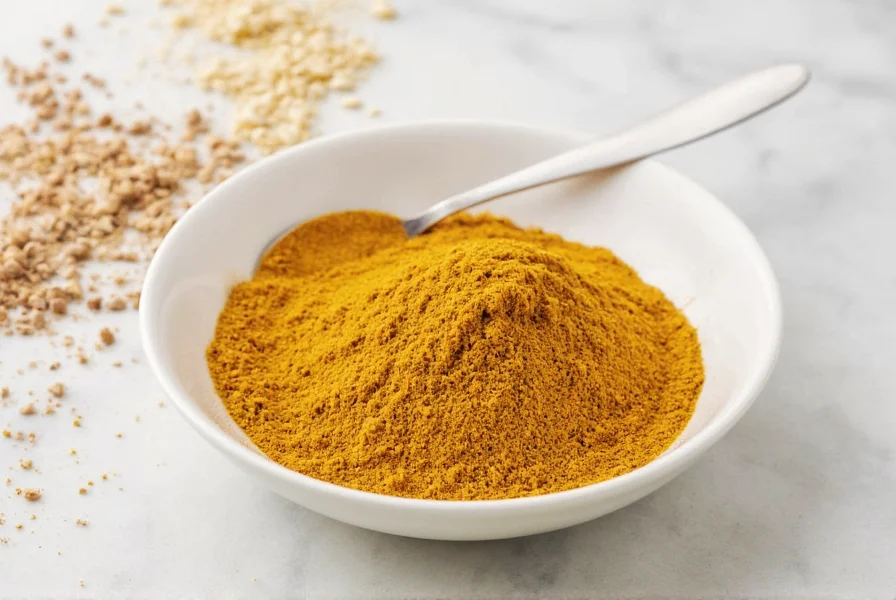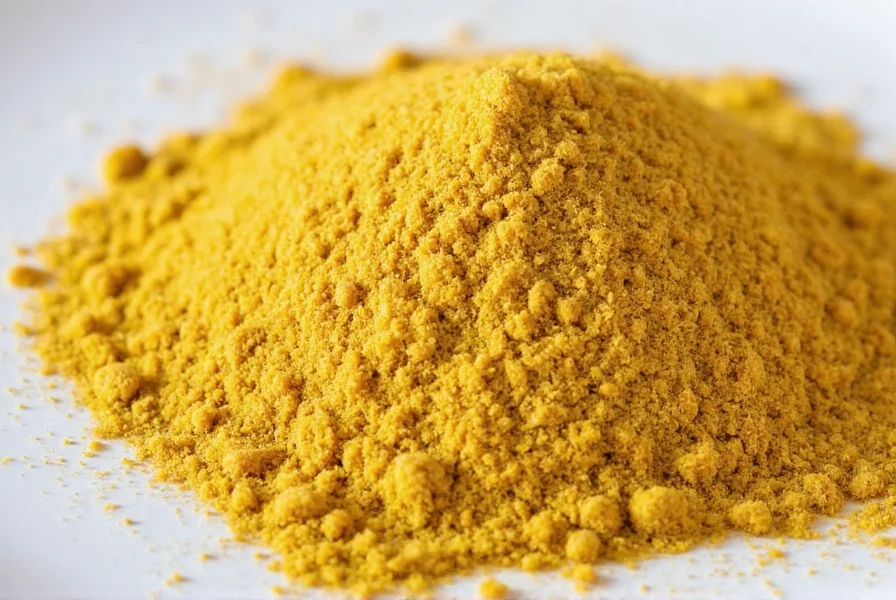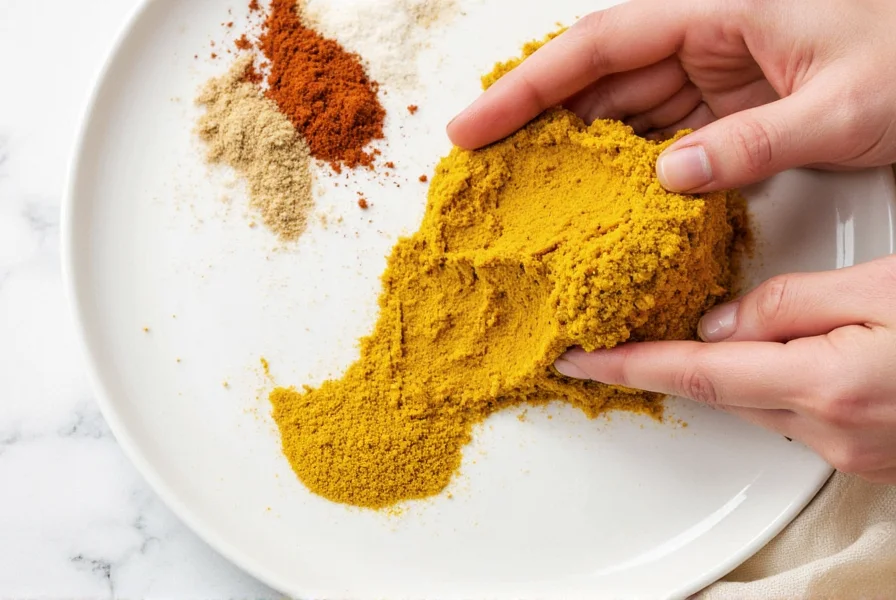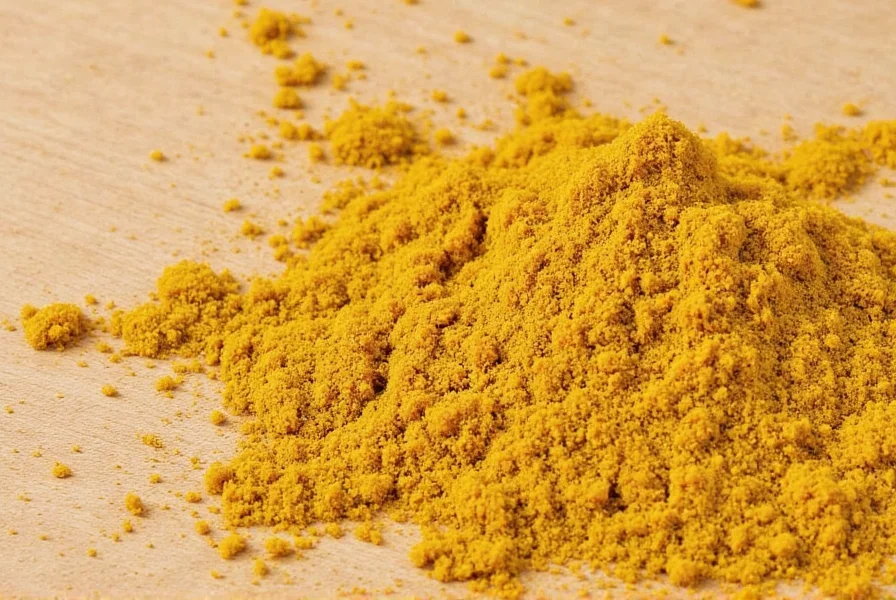Table of Contents
- Introduction: The Humble Powerhouse
- Types of Mustard Spices Explained
- Top 10 Mustard Spice Uses in Cooking
- Health Benefits of Mustard Spice
- Buying Guide: How to Choose the Right Mustard Spice
- Frequently Asked Questions
- Conclusion: Spice It Up with Mustard!

Introduction: The Humble Powerhouse
Mustard spice is one of the most versatile and misunderstood ingredients in your kitchen. Unlike prepared mustard condiments, mustard spice refers to pure ground mustard seeds or whole seeds used directly in cooking. This guide covers everything you need to know about mustard spice - from its different types and culinary applications to health benefits and expert buying tips.

Types of Mustard Spices Explained
Mustard comes in several seed varieties, each with distinct flavor profiles and culinary uses. Understanding these differences is key to using mustard spice effectively in your cooking.
| Type | Flavor Profile | Heat Level | Best For |
|---|---|---|---|
| Yellow Mustard Seeds | Mild, slightly bitter | Low | Classic American mustard, dressings |
| Brown Mustard Seeds | Spicier, earthy | Medium-High | Curry blends, sauces, Indian dishes |
| Black Mustard Seeds | Strongest, pungent | High | Pickling, tempering (tadka) |
| White Mustard Powder | Mellow, nutty | Low-Medium | Sausages, salad dressings |
| Ground Yellow Mustard | Sharp, tangy | Medium | Condiments, barbecue sauces |
| Dijon Mustard Powder | Smooth, rich | Medium-High | Fancy sauces, marinades |
Top 10 Mustard Spice Uses in Cooking
Mustard spice is far more than just a condiment base. Here are professional culinary applications for each type of mustard spice:
- Add Heat to Marinades: Mix Dijon-style mustard powder with olive oil, garlic, and herbs for a bold marinade that tenderizes meat and adds depth.
- Boost Salad Dressings: A teaspoon of white mustard powder emulsifies homemade vinaigrettes and adds a subtle zing.
- Enhance Sandwiches: Whisk yellow mustard powder with mayonnaise for a creamy, tangy spread that jazzes up turkey or veggie sandwiches.
- Flavor Roasted Veggies: Toss broccoli or cauliflower with a pinch of brown mustard powder before roasting for an earthy, spicy edge.
- Kick Up Pickling Brine: Black mustard seeds are essential in classic dill pickle recipes for their intense bite.
- Make Homemade Mustard: Combine mustard powder with vinegar, water, and salt to whip up your own customizable mustard base in minutes.
- Season Sausages: Add a dash of white or yellow mustard powder to sausage or burger mixes for a savory twist.
- Add Depth to Gravy: Stir a pinch into pan drippings for a deeper, more complex flavor profile.
- Temper with Mustard Seeds: In Indian cooking, mustard seeds are often tempered in hot oil with curry leaves to create a fragrant base for dishes like sambar or chutney.
- Create a Crust: Mix mustard powder with breadcrumbs or crushed nuts for a zesty crust on baked chicken or fish.
Health Benefits of Mustard Spice
Scientific research confirms mustard spice offers several health benefits beyond flavor enhancement:
- Anti-Inflammatory Properties: Mustard contains compounds like allyl isothiocyanates which have been linked to reducing inflammation and easing joint pain.
- Aids Digestion: Its natural pungency stimulates digestion and can help relieve bloating and gas.
- Rich in Antioxidants: Mustard seeds contain selenium and magnesium, known for their cancer-fighting properties.
- Heart-Healthy: Studies suggest regular consumption of mustard seeds may help lower cholesterol levels and support cardiovascular health.
- Boosts Metabolism: The spicy nature of mustard increases body temperature and metabolism temporarily, helping with calorie burn.

Buying Guide: How to Choose the Right Mustard Spice
Choosing the right mustard spice depends on your cooking needs and preferences. Here's what to consider:
Whole Seeds vs. Ground Mustard
Whole Mustard Seeds: Best for pickling, frying (tempering), or making your own mustard paste. They last longer and retain flavor better than pre-ground versions.
- Look for seeds that are plump and uniformly colored.
- Store in an airtight container away from moisture and light.
Ground Mustard / Mustard Powder: Offers convenience and easy blending into recipes. Ideal for sauces, dressings, and rubs.
- Check for freshness by smelling — it should be sharp and pungent.
- Buy smaller quantities if used occasionally to preserve potency.
Popular Mustard Spice Brands Compared
| Brand | Type | Key Features | Best For |
|---|---|---|---|
| SpiceWorks Yellow Mustard Seed | Whole Seeds | Organic, Non-GMO, Fair Trade | Classic American mustard lovers |
| HerbSpire Brown Mustard Powder | Ground | Freeze-dried for maximum potency | Chefs needing strong flavor |
| Nature's Harvest Whole Black Mustard Seeds | Whole Seeds | Unroasted, raw form for high heat | Pickle masters and spice fans |
| The Spice Garden Dijon Mustard Powder | Ground | Mildly smoky with wine undertones | Gourmet sauces and glazes |
| Golden Earth Yellow Mustard Mix | Pre-mixed powder blend | Ready-to-use mustard mix with vinegar packet | Beginners and home cooks |

Frequently Asked Questions
Can I substitute mustard seeds for mustard powder?
Yes! Use 1 tablespoon of whole mustard seeds for every 1 teaspoon of mustard powder. Crush them lightly for a stronger flavor.
Does mustard spice expire?
Whole mustard seeds can last up to 4 years, while ground mustard retains potency for about 2–3 years if stored properly in an airtight container away from light and moisture.
How do I activate the flavor in mustard spice?
Mix mustard powder with cold liquid (like water or vinegar) and let it sit for 10–15 minutes. This releases the volatile oils responsible for its signature heat and aroma. For maximum pungency, use cold water; for milder flavor, use warm liquid.
Is mustard spice gluten-free?
Pure mustard is naturally gluten-free, but always check labels for possible cross-contamination or added fillers, especially if you have celiac disease or gluten sensitivity.
What are the health benefits of consuming mustard spice regularly?
Regular consumption of mustard spice can provide anti-inflammatory effects, support heart health by potentially lowering cholesterol, improve digestion, and provide antioxidants like selenium and magnesium. The allyl isothiocyanates in mustard may also have cancer-fighting properties according to some studies.
Can mustard spice help with weight management?
Mustard spice may support weight management efforts as it's very low in calories while adding significant flavor to dishes. Additionally, the compounds in mustard can temporarily increase metabolism and body heat (thermogenesis), which may help with calorie burning. However, it should be part of a balanced diet rather than considered a weight loss solution on its own.
What's the difference between mustard powder and prepared mustard?
Mustard powder is dehydrated, ground mustard seeds without any liquid added, while prepared mustard is made by mixing mustard powder with liquid (typically vinegar, water, or wine) plus other ingredients like salt, sugar, and spices. Powder has a longer shelf life and allows you to control the consistency and flavor strength when making your own prepared mustard.
Conclusion: Spice It Up with Mustard!
Understanding the difference between mustard spice and prepared mustard is key to unlocking its full potential in your cooking. Whether you're looking to enhance flavor, boost nutrition, or create restaurant-quality dishes at home, mustard spice deserves a prominent place in your spice collection.










 浙公网安备
33010002000092号
浙公网安备
33010002000092号 浙B2-20120091-4
浙B2-20120091-4